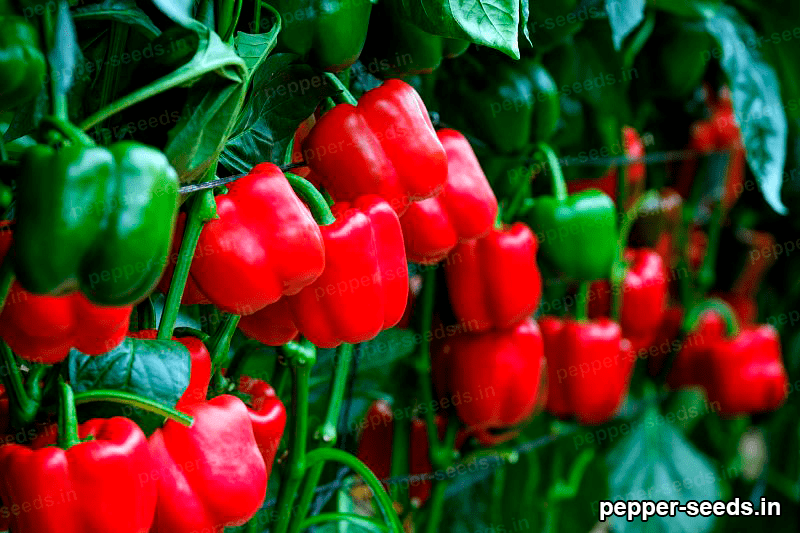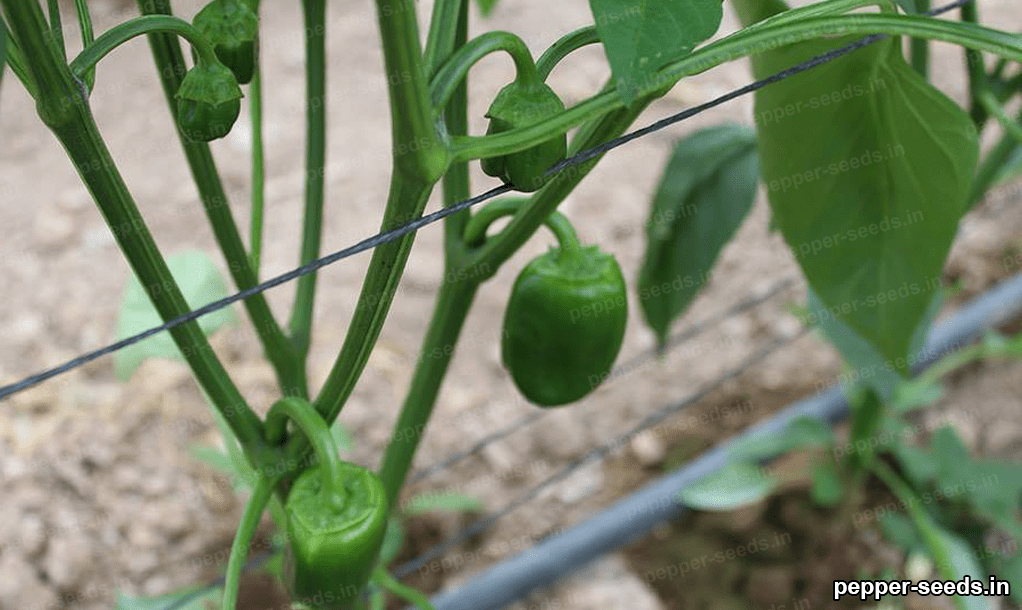The trellising net is one of the best options for crop trellising, as it offers numerous advantages over other methods.
This netting is a strong fabric, usually made of cotton, which is used to support and stabilize crop stems and branches. This netting provides support and support to crops in several ways, resulting in a larger and healthier crop.
First, trellising netting provides stable and consistent support for crop stems and branches, allowing them to grow vertically without bending or sagging. This facilitates access to sunlight and nutrients, allowing crops to grow more vigorous and productive. In addition, trellising netting provides additional protection for crops, especially against insect and disease damage, as crop stems and branches are protected by the netting material.
Another advantage of trellising netting is that it is easier to install and more economical than other methods of trellising. This netting can be stretched and tied to support crop stems and branches without the need for poles, stakes or wires. This results in a faster and more economical installation process, as the netting can be reused year after year.
Also, trellising netting offers a greater amount of space for crop development. This netting can be rolled up to create a larger surface area for crop stems and branches, allowing them to develop and grow healthier.
In addition, trellising netting is a highly durable material that can withstand wind, rain and sunlight. This resistance means that crops will be protected for much longer, resulting in a larger and healthier harvest.
Trellising netting is one of the best options for crop trellising, as it offers numerous advantages over other methods. This mesh provides stable and consistent support for crop stems and branches, which facilitates access to sunlight and nutrients. In addition, trellising netting is easier to install and more economical than other trellising methods, and offers a greater amount of space for crop development.

How has the way of trellising agricultural crops evolved?
The way of trellising agricultural crops has evolved significantly over the years. Trellising is a cultivation technique that allows for the growth and development of plants without the use of a physical structure to support the plant stem. This technique has become one of the primary tools for growers seeking to maximize crop production.
Thousands of years ago, farmers used a support structure for the stems of their crops. This structure was known as a stake, and consisted of a wooden stake or wire structure that was inserted into the soil to support the plant stems. This technique was useful for supporting plant stems, especially in fragile crops, but it was an expensive and laborious solution.
Over time, farmers began to use trellising techniques to support the stems of their crops. This technique included the use of support materials such as ropes, nets, wire, among others. These tools allowed farmers to avoid using physical structures to support the stems of their plants, which saved them time and money.
Over time, farmers have developed new trellising tools and techniques. These tools allow farmers to support the stems of their crops safely and effectively. For example, some growers use support nets to wrap the stems of their plants. These nets provide a secure and efficient structure to support the stems while allowing air to circulate through the plants.
Other trellising techniques that have been developed include the use of drip irrigation systems. This technique allows growers to efficiently manage water on their crops. This technique can also be useful for growers who want to avoid using physical structures to support the stems of their plants.
Mechanized trellising systems have also been developed to help growers perform this task more quickly and efficiently.
These mechanized systems can consist of a variety of devices, from farm machinery to robots. These mechanized systems also allow growers to control trellising with greater precision.
The evolution of the way agricultural crops are trellised has allowed farmers to maximize their crop production. This technique saves them time and money, while also allowing them to control trellising with greater precision. Trellising has also allowed farmers to get the most out of their crop production, leading to higher profits. This evolution has made trellising an indispensable tool for growers.
How does the use of trellising netting improve the yield of a pepper crop?
Pepper is one of the most important crops grown worldwide. The use of pepper trellising netting has been found to significantly improve pepper yields. Trellising netting is used to support the stems and branches of the plant, which allows the fruits to grow more uniformly and to be larger and of better quality. This improves production and increases the amount of pepper that can be obtained from a harvest.
There are different types of trellising netting, each with its own characteristics. For example, wire mesh is one of the most common and is used to support the stems and branches of the plant. This mesh is strong and durable, so it can support the weight of the fruit without breaking. In addition, it is easy to install and does not require much maintenance.
Another option is plastic mesh, which is used to support the branches of the plant. This mesh is lighter than wire mesh, so it is recommended for smaller plants. Plastic is also cheaper than wire, making it a good option for growers who have limited budgets.

In addition to trellising mesh, growers can also use a variety of structures to support plants.
These structures include wooden, plastic or metal supports to hold the stems and branches, as well as stakes to anchor the plant to the ground. These structures can provide additional support for the plant and help improve plant performance.
The use of mesh for pepper trellising can improve plant performance in several ways. The mesh supports the stems and branches of the plant, which helps the fruits grow more uniformly. This allows the fruits to be larger and of better quality, which increases the amount of pepper that can be obtained from a harvest. In addition, the netting ensures that the fruits do not get lost and fall to the ground, which reduces the amount of losses.
The use of trellising netting also helps to improve plant health. Since the stems and branches are held securely, the plant can grow straighter and healthier, which improves its yield. In addition, the netting helps prevent disease development by keeping insects and other pathogens away from the plant.
The use of pepper trellising netting significantly improves the plant’s yield. The mesh supports the stems and branches of the plant, which helps the fruits grow more uniformly and are larger and of better quality. This increases the amount of pepper that can be obtained from a harvest. In addition, the netting helps improve plant health, which also contributes to better yields. Therefore, the use of pepper trellising netting is an excellent way to improve your yield.